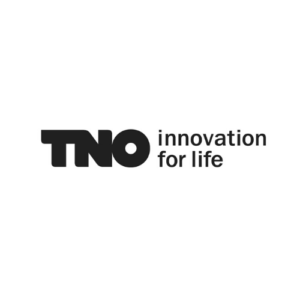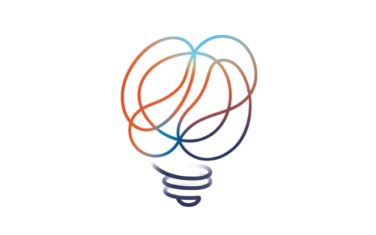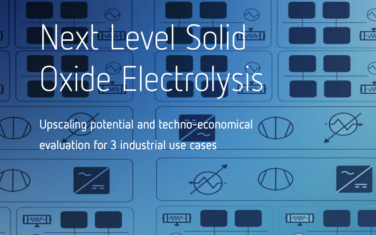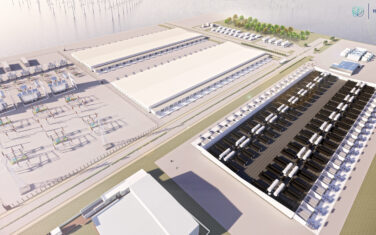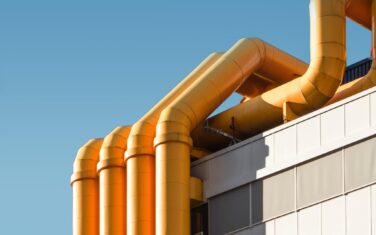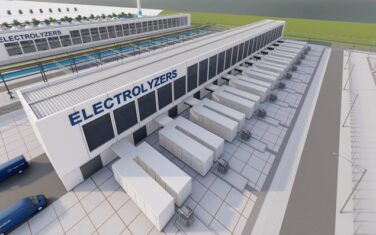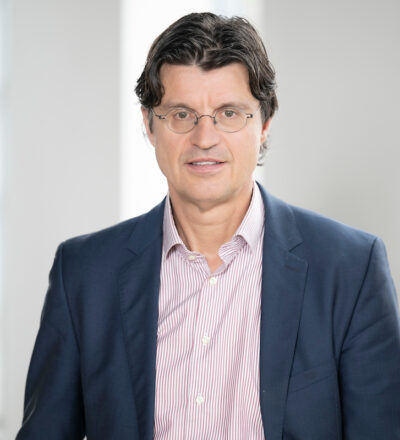Solid Oxide Electrolysis is a technology with great potential for large-scale green hydrogen production by water electrolysis. This project explored the upscaling potential of SOEC, in order to realize a CO2-neutral Europe in 2050. There are multiple technology options to split water into hydrogen and oxygen.
In short:
- Large-scale hydrogen production is essential to reach the Climate Goals of 2050
- Solid oxide electrolysis cells (SOEC) technology has great potential, but is rarely used in hydrogen production
- We investigated the potential and feasibility of the SOEC technology on an industrial scale
What’s happening in the field of hydrogen technology?
Today, Alkaline Water Electrolysis (AWE) and Proton Exchange Membrame Electrolysis (PEM) are the most advanced available technology options. However, in the long-term, Solid Oxide Electrolysis Cells (SOEC) technology has great potential.
To explore the upscaling potential of SOEC for the Dutch process industry, the Institute for Sustainable Process Technology (ISPT) and industry partners Air Liquide, BP and OCI initiated the SOEC-project. Through this project shows the feasibility of SOEC-technology in the chemical and fuels industry.
The potential of Solid Oxide Elextrolysis
SOEC converts steam and carbon dioxide directly into hydrogen gas, carbon monoxide and oxygen. In comparison to AWE and PEM, the technology has two main advantages:
- It has a higher conversion efficiency due to favorable thermodynamics and kinetics at higher operating temperatures.
- SOEC can be integrated with a range of existing down-stream industrial processes, which results in the generation of synthetic fuels, methanol, ammonia and recycling of captured carbon dioxide.
A solid oxide electrolyser cell (SOEC) is a solid oxide fuel cell that runs in regenerative mode to achieve the electrolysis of water (and/or carbon dioxide) by using a solid oxide, or ceramic, electrolyte. It produces hydrogen (and/or carbon monoxide) and oxygen. The technology allows high-temperature electrolysis, typically between 500 and 850 degrees C. This technology is very promising, but further insights were deemed necessary to fulfil the technical and economic viability of integration in existing processes for the fuel and chemical industry.
Project Results
We investigated the potential of the SOEC technology on an industrial scale. Therefore, we investigated the feasibility of integrating the SOEC technology in three different use cases:
- Hydrogen production in an ammonia plant
- Syngas and green hydrogen integrated with blue hydrogen production and downstream e-fuels
- Coal monoxide production
For each use case the upscaling options of the SOEC technology in the industrial environment, including heat integration and retrofit integration, was explored. The research has led to an analysis of both the technical and economic aspects of SOEC integration, resulting in a roadmap for SOEC integration in a pilot plant. As a result, a substantial CAPEX and footprint reduction could be potentially achieved. These findings are captured in the final report ‘Next Level Solid Oxide Electroysis Report Report – Upscaling potential and techno-economical evaluation for 3 industrial use cases’.
Follow-up project
We are currently looking into developing a follow-up with the partners on Solid Oxide Electrolysis.
Join our hydrogen community on LinkedIn
You are welcome to join our LinkedIn-community on hydrogen.
You might also be interested in
Articles / Publications
Acknowledgement & partners
This project is co-funded with subsidy from the Topsector Energy by the Ministry of Economic Affairs and Climate Policy.


